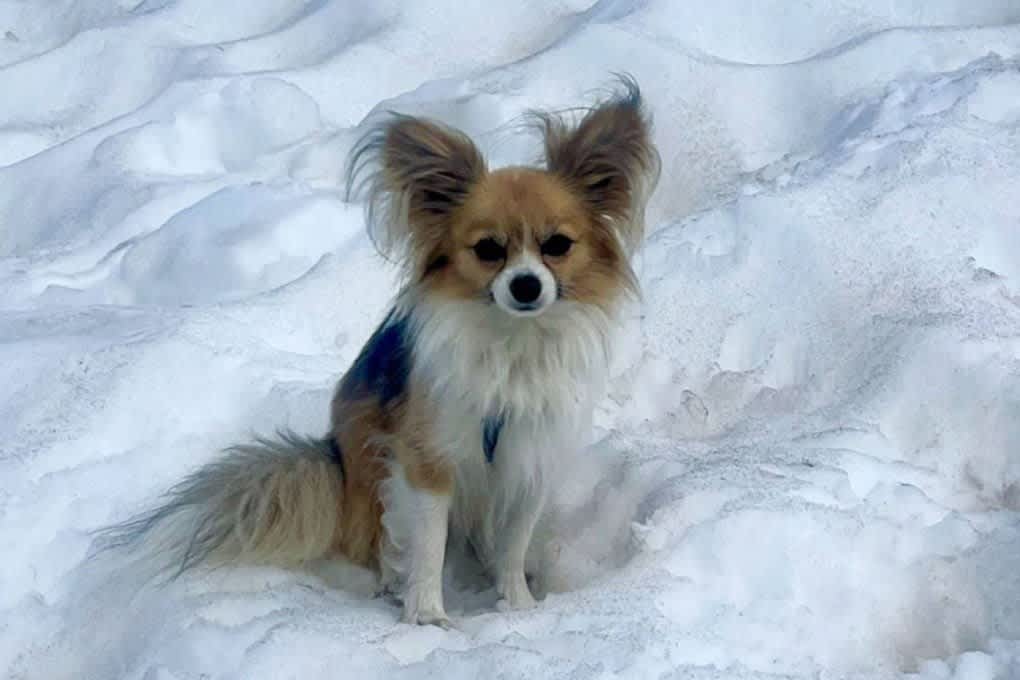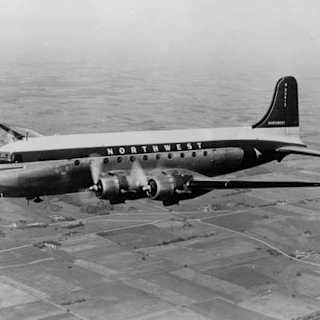- Rescue Operation Guided by Canine Companion
- Context of Swiss Glacier Dangers
- Alpine Canine Heroes
A Chihuahua guided Swiss rescue teams to its owner trapped in a glacier crevasse on Friday, marking an unusual chapter in Alpine search and rescue operations above the mountain resort of Saas-Fee.
The small dog's behavior proved critical in locating the hiker, who had fallen into an eight-meter-deep crevasse on the Fee Glacier when a snow bridge collapsed beneath him. The rescue highlights ongoing risks facing hikers on Swiss glaciers amid changing ice conditions that have prompted increased safety warnings across the Alps.

The hiker was walking with his Chihuahua early Friday afternoon when he broke through the snow bridge and plunged into the crevasse, according to Air Zermatt rescue service1. He immediately contacted emergency services using amateur radio, with a nearby person receiving the distress call and alerting rescue teams2.
Rescuers initially struggled to locate the accident site despite the radio contact. "The glacier surface was wide and the hole was barely visible," Air Zermatt reported Sunday1. The rescue team eventually spotted movement on a rock that turned out to be the Chihuahua, positioned directly next to the crevasse opening2.
The dog's behavior helped guide the rescue team to the correct location, according to Swiss news outlet Bluewin2. Air Zermatt crews successfully extracted both the hiker and his dog, flying them to a hospital in Visp for medical evaluation1.
The rescue comes two months after Switzerland experienced its most devastating glacier collapse in recent memory. In May, a massive chunk of the Birch Glacier thundered down into the valley below, destroying 90 percent of the village of Blatten and forcing the evacuation of 300 residents1. Authorities had airlifted livestock to safety days before the collapse after monitoring the glacier's movement1.
Swiss glaciers lost 4 percent of their total volume in 2023, marking the second-largest annual decline after a 6 percent drop in 20221. The accelerating ice loss has created unstable conditions that pose new risks to mountain communities and visitors.
Friday's rescue operation on the Fee Glacier demonstrates both the unpredictable nature of glacial terrain and the resourcefulness that can emerge during mountain emergencies. The successful extraction required precise coordination between the rescue team and an unlikely four-legged guide whose instincts proved as valuable as any technical equipment in the challenging Alpine environment.

The tradition of Alpine rescue dogs dates back to the 17th century when monks at the Great St. Bernard Pass between Switzerland and Italy began training dogs to find travelers buried in snow.12 These early rescue efforts established a legacy that continues today, with an estimated 2,000 lives saved by monastery dogs between 1750 and 1940.1 The most famous of these canine heroes was Barry, who served from 1800-1812 and reportedly saved more than 40 people from freezing to death.2
Today's avalanche rescue dogs like Zen, a border collie working in the Italian Dolomites, are becoming increasingly vital as climate change impacts Alpine conditions.3 These specially trained dogs can locate people buried under snow more effectively than electronic equipment, with their exceptional sense of smell proving crucial when minutes matter.34 Modern rescue programs typically favor working breeds like Border Collies, though various breeds from Dutch shepherds to Australian cattle dogs serve on rescue teams across Alpine resorts.45 Their role has grown more critical as avalanche incidents have increased by 50% over the past 25 years, with climate change creating heavier, wetter snow that compresses air pockets and reduces survival chances for those trapped.3



